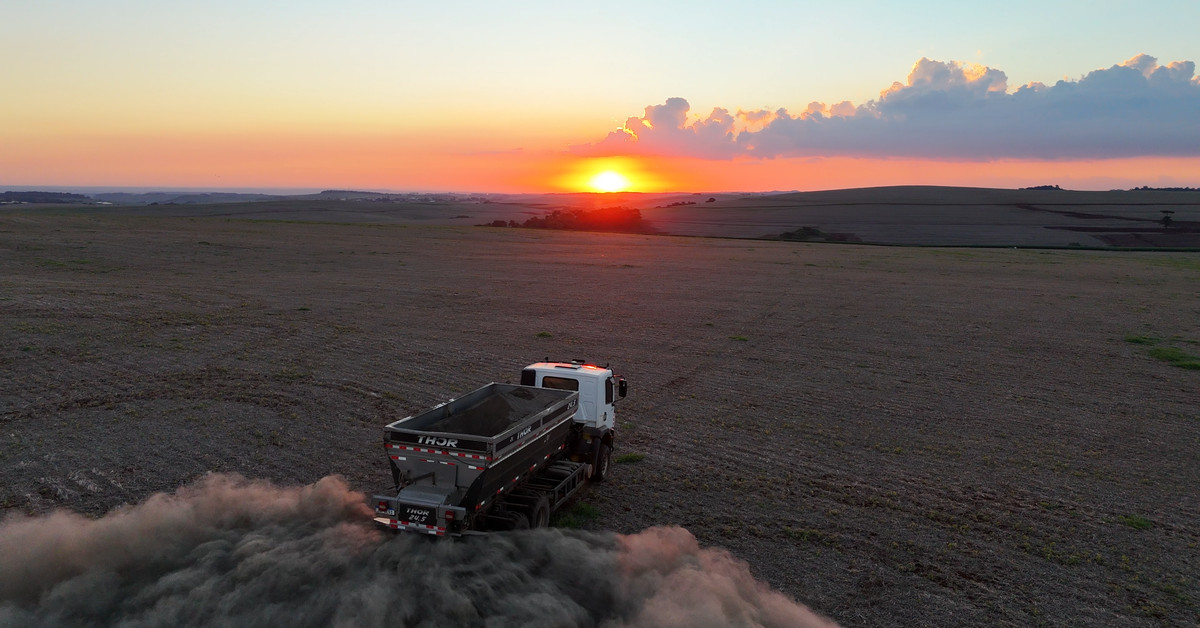The Big Deal: Google and Other Companies Invest in Carbon Dioxide Removal using Rocks
In a significant move to counteract the impact of their pollution on the climate, Google and other big companies have invested in a plan to trap carbon dioxide using rocks. The multimillion-dollar deal with Terradot, a Sheryl Sandberg-backed startup, is expected to remove 90,000 tons of carbon dioxide from the atmosphere.
A Gaggle of Companies Backing Carbon Removal
The deal was brokered by Frontier, a carbon removal initiative led by Stripe, Google, Shopify, and McKinsey Sustainability. The companies involved in this agreement are:
- H&M Group
- Salesforce
These companies have collectively agreed to pay Terradot $27 million to remove 90,000 tons of carbon dioxide from the atmosphere.
Google’s Additional Deal
Separately, Google announced its own deal to purchase an additional 200,000 tons of carbon removal from Terradot. The cost of this deal is not disclosed, but if it follows the same pricing as the Frontier agreement, it could add up to $60 million. However, Google expects the price to come down over time.
A Low-Tech Tactic for Carbon Removal
The strategy used by Terradot is called enhanced rock weathering (ERW), a relatively low-tech tactic for taking carbon dioxide out of the atmosphere. This approach accelerates the natural process of rock weathering, which takes thousands of years to occur naturally.
How it Works
Terradot uses basalt from quarries in southern Brazil and spreads it out over nearby farms. The finely-ground basalt is used by farmers to manage soil pH, and carbon removal is a bonus. Terradot has partnered with Brazil’s agricultural research agency (EMBRAPA) to use this strategy on more than one million hectares of land.
The Tricky Part: Measuring CO2 Removal
One of the challenges in this approach is measuring how much CO2 is actually trapped. Google admits that it’s hard to measure with precision, but believes that deploying this approach widely in the real world will help develop highly rigorous measurement tools.
Experts Weigh In
Oliver Jagoutz, a professor of geology at MIT, says that while there are still concerns about the costs, safety, and potential delays in transitioning from fossil fuels to carbon pollution-free energy, ERW is an approach worth trying. "I think it should go a little out of the academic world into the industrial world," he says.
Carbon Removal: A Small Step
Carbon dioxide removal encompasses a suite of strategies to take carbon dioxide out of the atmosphere. These technologies could potentially help slow climate change by trapping some of the pollution fossil fuels have released. However, experts agree that switching to clean energy is the only effective way to stop climate change. Carbon removal, at best, is just an attempt to counteract some of a company’s legacy of pollution while they make that transition.
The Bottom Line
In conclusion, Google and other companies’ investment in carbon dioxide removal using rocks is a significant move towards addressing the impact of their pollution on the climate. While there are still challenges to overcome, ERW is an approach worth exploring as part of a broader strategy to reduce emissions and transition to clean energy.
References
- "Google’s future data centers will be built next to solar and wind farms" (Source: [insert source])
- "Google inks nuclear deal for next-generation reactors" (Source: [insert source])
- "Carbon dioxide emissions from fossil fuels are already making heatwaves, droughts, wildfires, storms, and other climate disasters more dangerous." (Source: [insert source])

